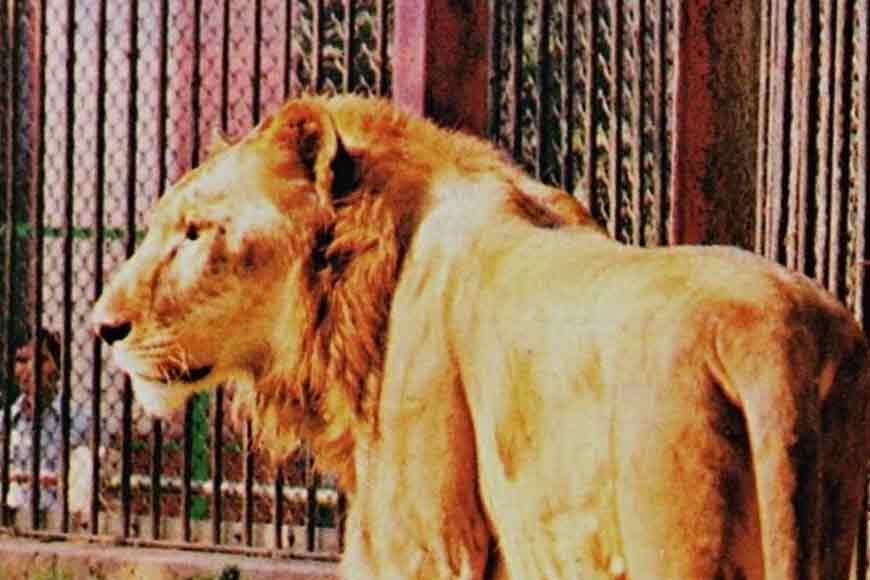Remember the Litigon and Tigon of Alipore Zoo?

It was in April 2012, when I first felt I must unearth the lost story of Kolkata’s Alipore Zoo Hybridization Program. I had a discussion with a colleague of mine on whether hybrid animals could be fertile. Whilst my colleague stolidly maintained that all hybrids were sterile, I was pointing to examples of hybrid animals that had a proven record of having given birth, sometimes to offsprings, who were fertile themselves. A primary example of this phenomenon happened in Alipore Zoo in Kolkata when on 6 March, 1979, a female Tigon(Tiger X Lion hybrid) named Rudrani gave birth to a Litigon, who was named Cubanacan by the Cuban Ambassador to India on 10 March, 1980. Cubanacan went on to find his place of fame in the Guinness Book of Records in 1985, where he was stated to be the world’s largest big cat in captivity, weighing around 363 kg, a record 3.5 m long and 1.32 m wide at the shoulders. However, when I started searching for photographic evidence of his existence in 2012, there was precious little I found.
Thus, the search began to retrieve Alipore Zoo’s forgotten world record, a quest to rediscover a truly extraordinary hybrid big cat, whose existence had been pushed into oblivion because of a current trend to look at hybrids and hybridization with contempt and scorn. This prejudice for hybridization is so strong that it is part of official zoo policy in many countries to kill animals if they are of mixed origin. In India also, after the government instituted a ban on cross breeding big cats in 1985, the hybridization efforts of Alipore Zoo fell into disrepute and the records of Tigons and Litigons got swept into oblivion. However, a most enchanting and fascinating trend has been emerging of late, an evaluation process that makes one marvel at the enormous scientific significance of the Alipore Zoo big cat hybridization experiments.

This new line of research, backed with the expertise of several reputed scientists, including James Mallet of Harvard University and Eugene McCarthy of University of Georgia suggests that hybridization is far more common in the wild than popularly perceived, that hybrid sterility is a myth and that hybridization is a significant force in biological evolution.Of course, there can be valid objections to hybridizing animals in captivity in zoos, nonetheless circumstantial evidence shows us that, unlike the popular perception that the Alipore Zoo big cat hybridization experiments in Kolkata were driven by an urge to create oddities or freaks, the endeavour was one guided by a scientific quest to establish that hybrids could be fertile.
The quest to find out Cubanacan’s photograph ultimately resulted in the recovery of three Litigon photographs along with several Tigon images, a radio programme, a scientific feature and a photo feature and coverage in media in India and abroad. The endeavour established that one photograph can truly speak a thousand words, thanks to people like Payel Biswas, librarian at the Institute of Urban Transport (India), New Delhi and Subhodip Bid of the National Library, Kolkata. Anirban Chaudhuri, ShibajiMitra and Shibaji Bhattacharya encouraged and supported this study. Dr Anindya Sinha of the National Institute of Advanced Studies in Bangalore and Ms Piyali Chattopadhyay Sinha, Deputy Director of Alipore Zoo provided significant inputs to the research. Dr Karl Shuker, zoologist and consultant to Guinness World of Records located the 1985 Guinness Book of Records photograph of Cubanacan, the Litigon at Alipore Zoo. However, this piece of history again highlights how advanced Alipore Zoo’s experimental hybridization was and how it got hushed up.
(Shubhobroto Ghosh is Project Manager of Wildlife at World Animal Protection in India and author of the Indian Zoo Inquiry)










